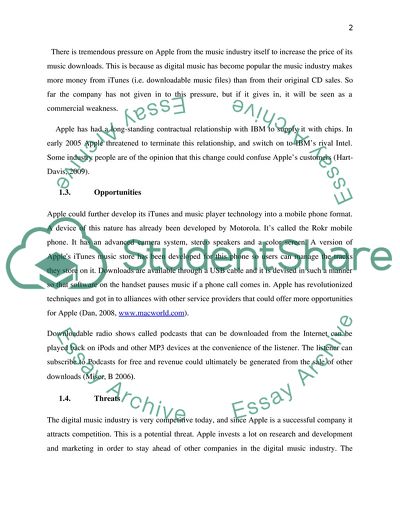Cite this document
(“The Digital Music Market: Apple iTunes Essay Example | Topics and Well Written Essays - 5000 words”, n.d.)
Retrieved from https://studentshare.org/marketing/1562102-using-the-case-study-as-your-research-embarkation-point-additionally-using-more-recent-findings-report-on-the-macro-and-micro-environmental-conditions-that-are-likely-to-impact-upon-apple-itunes-within-a-specific-geographic-market-uk
Retrieved from https://studentshare.org/marketing/1562102-using-the-case-study-as-your-research-embarkation-point-additionally-using-more-recent-findings-report-on-the-macro-and-micro-environmental-conditions-that-are-likely-to-impact-upon-apple-itunes-within-a-specific-geographic-market-uk
(The Digital Music Market: Apple ITunes Essay Example | Topics and Well Written Essays - 5000 Words)
https://studentshare.org/marketing/1562102-using-the-case-study-as-your-research-embarkation-point-additionally-using-more-recent-findings-report-on-the-macro-and-micro-environmental-conditions-that-are-likely-to-impact-upon-apple-itunes-within-a-specific-geographic-market-uk.
https://studentshare.org/marketing/1562102-using-the-case-study-as-your-research-embarkation-point-additionally-using-more-recent-findings-report-on-the-macro-and-micro-environmental-conditions-that-are-likely-to-impact-upon-apple-itunes-within-a-specific-geographic-market-uk.
“The Digital Music Market: Apple ITunes Essay Example | Topics and Well Written Essays - 5000 Words”, n.d. https://studentshare.org/marketing/1562102-using-the-case-study-as-your-research-embarkation-point-additionally-using-more-recent-findings-report-on-the-macro-and-micro-environmental-conditions-that-are-likely-to-impact-upon-apple-itunes-within-a-specific-geographic-market-uk.


